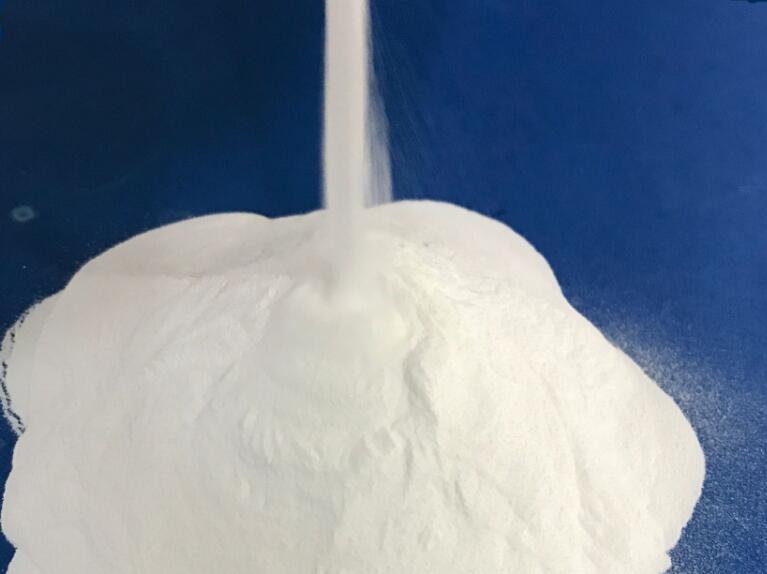Research progress on degradation of methylene blue by peroxymonosulfate activated by natural mineral fiber brucite

In the field of water treatment, advanced oxidation techniques (AOPs) have attracted much attention due to their ability to efficiently degrade refractory organic pollutants. Permonosulfate (PMS), as an important oxidant, produces sulfate radicals and hydroxyl radicals through the activation process, which can effectively degrade organic pollutants in water. Natural mineral fiber brucite has been studied for its unique physical and chemical properties to activate PMS to improve degradation efficiency.
Activation of brucite As a natural mineral, brucite has a large specific surface area and alkaline surface, which can provide abundant active sites to promote the activation of PMS. Studies have shown that brucite can effectively adsorb PMS and promote its decomposition to a certain extent, generating free radicals with strong oxidizing properties.
Mechanism of degradation of methylene blue Methylene blue is a widely used dye, and its presence in water bodies poses a threat to the environment and human health. The process of using brucite to activate PMS to degrade methylene blue mainly involves the following steps:
Adsorption: The hydroxyl groups (-OH) on the surface of brucite interact with PMS to promote the adsorption of PMS.
Activation process: Under the catalytic action of brucite, PMS decomposes to produce sulfate radicals (SO4•-) and hydroxyl radicals (•OH), which are highly oxidizing and can attack and degrade methylene blue molecules.
Non-radical pathway: In addition to the free radical pathway, some studies have also found that brucite may activate PMS through a non-radical pathway to directly degrade organic pollutants. This pathway has high selectivity and high reaction efficiency, and is not easily interfered by other substances in the water body.
Experimental studies Experimental studies have shown that the combination of brucite and PMS can effectively degrade methylene blue. The degradation efficiency can be further improved by optimizing the amount of brucite, the concentration of PMS, and the reaction conditions (such as pH value, temperature, etc.). In addition, the morphology and particle size of brucite will also affect its catalytic performance. Therefore, the selection of suitable brucite materials is crucial to improving the degradation effect.
Environmental friendliness Compared with traditional chemical oxidants, the method of activating PMS with brucite is environmentally friendly. Brucite is a natural mineral that is non-toxic and harmless, and the free radicals and non-radical oxidants generated by its activation of PMS have little impact on the environment. In addition, brucite can be recycled, reducing treatment costs.
The study of natural mineral fiber brucite in activating PMS to degrade methylene blue provides an efficient and environmentally friendly solution for the field of water treatment. By further optimizing the reaction conditions and material properties, it is expected to achieve a wider range of applications.








